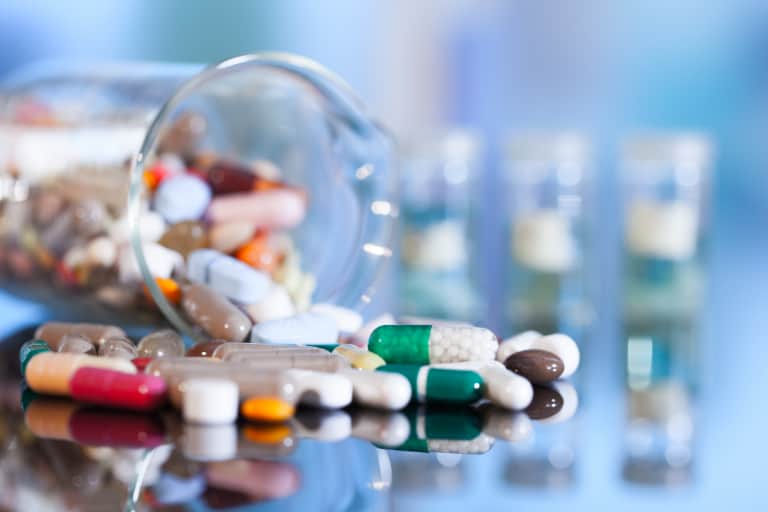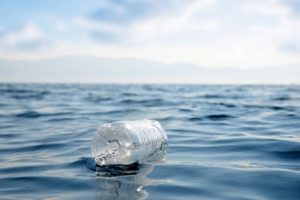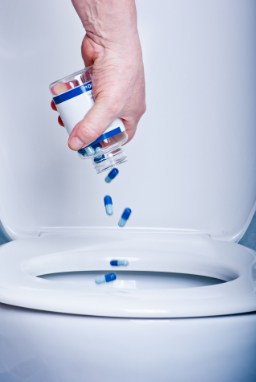
If you take them, you may be drinking them; prescription drugs are contaminating our drinking water. It is not a comforting thought, but it is occurring now, and we are only beginning to discover the alarming impacts of these contaminants. Substances such as chemotherapy agents, hormones, painkillers, and even amphetamines and cocaine are being found in our drinking water. It is distressing to discover that after we take these substances, they make their way into the water supply, and although they may pass through a municipal water treatment plant, they turn up in lakes, rivers, wells, and our drinking water. So, how do you know if your drinking water is drugged?
The Discovery of Pharmaceuticals in Our Water
There is a growing number of people using more medications these days than ever before. In North America, pharmaceutical use is up at least 15% from previous years, and this growing trend does not appear to be stopping any time soon. The discovery of prescription and illegal drugs, personal care chemicals, and food industry derivatives in drinking water is now considered an issue of emerging concern. However, it is an issue in the early stages of study and will likely worsen before large-scale measures are enacted to correct the problem. With this information, knowing if your drinking water contains pharmaceuticals and what risks are associated with drinking drug-tainted water is vital.
The Growing Worldwide Concern of Pharmaceutical-Tainted Water
Although many other threatening and harmful chemical contaminants in drinking water are making headlines, finding medications in our drinking water is not an entirely new issue, dating back to as early as 2002 when a story titled “Drinking Water Drugged “ made the top 10 science stories list from Discover magazine. A Canadian study from 2014 reported record levels of three widely used pharmaceuticals in Southwestern Ontario rivers; they were the widely-used diuretic hydrochlorothiazide, the diabetic medication metformin, and the acid reflux ranitidine, none of which had ever been identified in Canadian or North American waters. Although the levels were small, these and many other pharmaceuticals should not be showing up in our drinking water.
Also, in another study, Health Canada tested tap water samples across the country, finding further evidence of traces of over 165 pharmaceuticals and personal care products identified in the tap water samples. These findings show that two factors are responsible for finding increasing drug levels in drinking water. The first is that people are taking more drugs today, and the second is that new technologies have improved and can now detect even trace levels of these pharmaceutical chemicals.
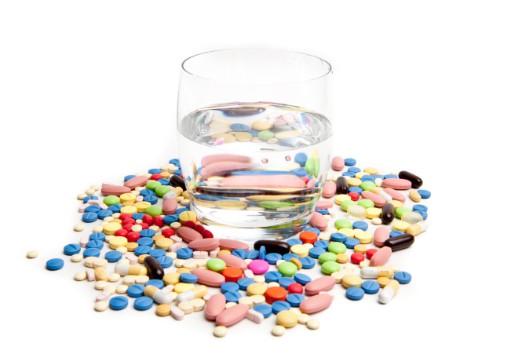
In the United States, the Environmental Protection Agency (EPA) reports that more unregulated pharmaceuticals have been discovered in drinking water supplies than ever before. Blood pressure medications are one of the top drugs found in drinking water. The situation could have dire consequences for many people ( infants, children, teens, and seniors) who do not require or should not be exposed to those blood pressure medications.
It is one example, but hundreds of other drugs and toxic personal care products are turning up in drinking water, which could also produce detrimental reactions. The long-term impact of these pharmaceutical exposures has yet to be measured or studied.
The dangers of pharmaceuticals in our drinking water are becoming a concern across the globe; many countries are also conducting studies, such as France, England, Wales, Europe, Canada, Mexico, and several more. The drugs and chemical contaminants are found in various environments, including wastewater treatment plants, groundwaters, surface waters, seas, water treatment plants, and rivers. Some of the most significant contaminants are the pharmaceuticals (acetaminophen, ranitidine, ofloxacin, ibuprofen, diclofenac, naproxen, progesterone, and testosterone), narcotics and illegal drugs (cocaine, benzoylecgonine, and amphetamines) food industry derivatives (bisphenol A, and caffeine) personal care products ( triclosan, laurel sulfate, and other surfactants).
The World Health Organization (WHO) reports that trace concentrations of pharmaceuticals found in the water supply could have possible human health risks. The WHO also noted that the concerns of pharmaceuticals in water should be studied but not to take away from other harmful water concerns such as viral, bacterial, and protozoan waterborne pathogens contaminating drinking water.

Further investigations of community water testing are finding not only trace amounts of drugs but higher amounts of contaminants of emerging concern. Some researchers report that the risk assessment level for humans is very low since the drugs found in the water are much less than ingesting a prescribed dose. However, considering that research must not only look at a single drug but must study the overwhelming number of pharmaceuticals and toxic personal care compounds and their combined interactions.
A large-scale assessment of hormones and medications in U.S. groundwater used for drinking was published in 2019. The evaluation took samples from 1091 Principal Aquifers across the United States, identifying 21 hormones and 103 pharmaceuticals in the water drawn for drinking. Currently, there are no established safe drinking water guidelines for most pharmaceutical and personal care products in the United States or most other countries worldwide.
So, as the water travels from the aquifers, rivers, and industries through the water treatment plant, many of these prescribed medications or harmful chemicals are only partially removed and end up in our drinking water. An emerging concern is that municipal water treatments are ineffective at removing these toxic compounds. Further examination of 47 groundwater sites in America detected high levels of the antibiotic sulphamethoxazole and the plasticizer bisphenol A, increasing the risk of human exposure and drinking water safety.
Researchers in Minnesota sampled water from the Great Lakes and detected levels of neuro-active drugs high enough to be an environmental concern, including antibiotics, acetaminophen, codeine, anti-epileptic compounds, hormones, steroids, and many other chemical compounds.
Also, another research group in Minnesota detected mood stabilizers, antidepressants, and anti-seizure compounds in more than 20 rivers; they concluded this to be a possible global environmental concern. One thing is certain: we do not fully know how these biologically active compounds, consumed in small amounts, will affect human health acutely or with exposure over a lifetime, and further studies are warranted.
Environmental Impact of Pharmaceuticals in Drinking Water
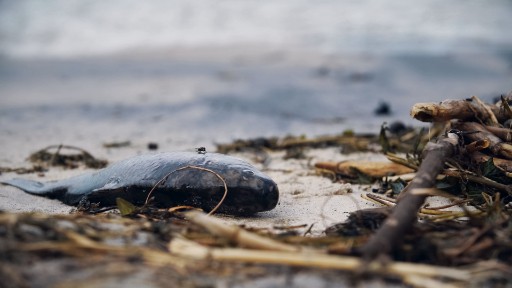
The discovery of medications in lakes and rivers created a sudden concern for human health and the aquatic life swimming in a growing pharmaceutical soup. One study in the United Kingdom revealed that antidepressants discovered in shellfish showed they became easier prey and exhibited unusual behavior. Science has shown that these drugs can have detrimental aquatic effects, such as the creation of intersex fish, where the males develop both male and female characteristics, including having testes and ovaries and eggs in their testes. For fish swimming in this pool of pharmaceuticals, exposure is making survival risky for certain species.
Studies show that other various animals, including birds, insects, mollusks, and warm-blooded creatures, are also exposed to drug pollution. In a recent study, a platypus found living in an Australian drug-tainted stream could quickly ingest an adult half dose of antidepressants every day. Shrimp exposed to the heavily prescribed medication Prozac exhibit abnormal behavior changes, making them swim to the light and their predators. Salmon exposed to the anti-anxiety drug Valium show reckless migration habits, which cascade into many other disruptive or damaging environmental effects.
The discovery came when oral contraceptives were found in sewage water and drinking water contamination. Scientists began studying the concerns of oral contraceptives and estrogen-like substances in drinking water and continue to expand their analyses, including other drugs and personal care products. The waterways surrounding pharmaceutical manufacturing plants and hospitals are prime spots for pharmaceutical chemical pollution and wildlife contamination.
Scientists claim that most pharmaceuticals detected in drinking water are at low or trace levels, which should not cause concern. However, it is a vital concern that although drugs may be detected at low levels, ingesting any compound containing hormones or synthetic hormones can have profound effects on the human body.
The Adverse Effects of Drugs in Our Water or Health Risks of Ingesting Pharmaceuticals
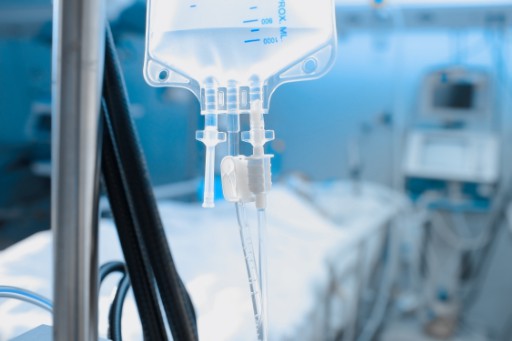
In an early study, one of the first concerns for harmful human health issues was if consuming the drugs could cause cancer, but as serious as that is, that was only the beginning. Reports of various personal care chemicals and medications highlight increased links to cancer. The studies also show many other adverse health effects from humans consuming pharmaceutical-contaminated drinking water, negatively affecting several body systems, including the reproductive, endocrine, neurologic, and immune systems.
So far, science has just begun studying the effects of a single compound and its effects and risks if consumed. However, that landscape has changed. Now, it is a veritable pool of hundreds of pharmaceuticals and chemicals that we are exposed to and must be studied to see how these toxic combinations will dangerously affect human health. It is known that certain drugs, even in small amounts, cause considerable endocrine disruption, which can produce several harmful responses throughout the body. Studies show the dangers that continued exposure may lead to genotoxicity, cellular toxicity, and apoptosis ( cell death).
A focus of primary concern is children, infants, and the fetus, as their vulnerability to these low-dose active pharmaceutical ingredients presents a higher risk of health issues while they are in crucial developmental stages. An early study found adverse health correlations between certain behaviors in 2-year-old girls and maternal bisphenol A exposure at 16 weeks gestation.
Another vulnerable population is seniors and the immune-compromised, who may already be taking many of the drugs they are exposed to in their drinking water. Exposure to these low-dose pharmaceuticals may produce dangerous health effects we are unaware of. Some studies have shown that ingesting these active pharmaceutical compounds, even at low levels, could cause further organ damage and weaken the immune system.
Endocrine-disrupting chemicals can lead to hormonal changes, while other drugs could lead to profound behavior changes. Many of these medications have risks of producing cancer. A 2011 Canadian study reported a possible link between environmental estrogens from birth control pills and prostate cancer. Another study showed a possible link between obesity and ecological compounds such as steroids or estrogens.
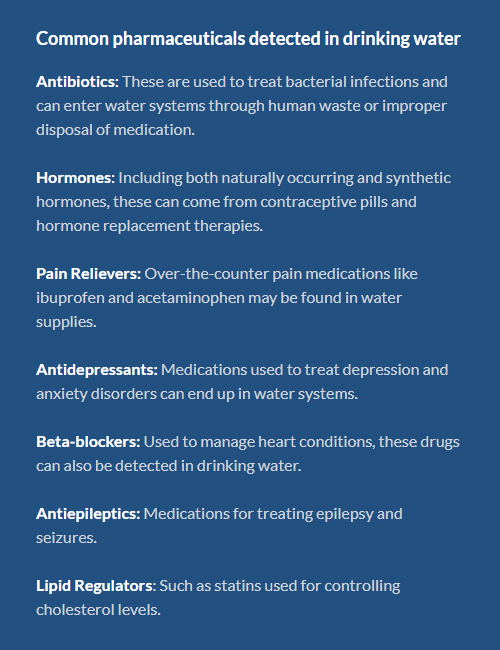
Another threat to human health is the antibiotics found in rivers, lakes, water treatment, and wastewater facilities and how they contribute to the highly concerning growing number of antibiotic-resistant infections. The World Health Organization considers antimicrobial resistance a top ten global human health threat. The sky-rocketing antibiotic resistance crisis makes illnesses such as salmonosis, tuberculosis, and pneumonia much more challenging to treat. It can affect anyone of any age and increases health care costs, hospital stays, and risk of death. Interestingly, the antibiotics or other pharmaceuticals affecting aquatic life may also produce health risks to the humans consuming the contaminated fish.
It is essential to research if consuming a low level of one drug could cause harmful human health issues such as reproductive issues or cancer. Still, it is a vast and challenging question about what toxic health issues come from the combination of hundreds of drugs and chemical compounds ingested in our drinking water. Scientists try to downplay the worry of pharmaceuticals being present in drinking water due to the fact that it is mostly trace amounts of drugs found. However, consider that someone could consume enough of these drugs to receive a total adult dose over a one-year period from drinking their household tap water.
Is Your Drinking Water Drugged?
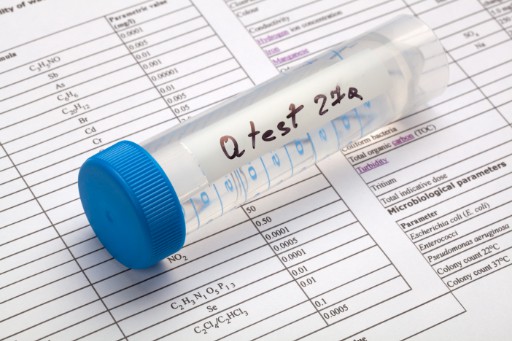
The problem of contaminants in our many varied water sources is not a new issue historically, and it has been an active process. However, as we become aware of these emerging contaminants and their health threats, science must adapt and continually research and develop new methods to protect our environmental waters and keep our drinking water safe and clear of these pharmaceuticals and other adverse chemicals. Testing and identifying safe concentrations of these contaminants and improving treatment processes to remove them is essential, but this will take time to establish. So, it is critical for the public to know what they can do to ensure their drinking and household water are free of these drugs and other harmful chemicals.
The safest and most effective way to ensure pure drinking water is to consult a water treatment professional who can perform a detailed water analysis. Depending on your results, a water treatment specialist will recommend the best water purification system to fit your household and drinking water needs. Unfortunately, most current municipal water treatment facilities are not equipped to remove pharmaceuticals, making obtaining your water purification system imperative.
How To Remove Pharmaceuticals From Drinking Water
A Reverse Osmosis Water Treatment System effectively removes up to 99% of contaminants, including pharmaceuticals, personal care products, heavy metals, and other dangerous chemicals. Reverse osmosis works by pushing household water through a semi-permeable membrane that blocks the passage of harmful contaminants. The RO membrane separates and passes the highly pure freshwater while 99% of the impurities (pollutants) are filtered out and flushed down the drain.

Most reverse osmosis filtration systems are easily installed under the kitchen sink and have a separate RO kitchen tap. that provides only pure RO water. RO systems can be hooked up to a water dispenser and ice maker. Several different Reverse Osmosis Water Filtration Systems are available to fit the needs of larger and smaller homes and the amount of fresh, pure water required. Reverse Osmosis is a safe, highly effective water filtration process that does not require the use of chemicals and requires minimal maintenance for years of peak performance.

A Whole House Reverse Osmosis Filtration System is a more significant investment and detailed system that provides clean filtered RO water from every tap in your home, including bathroom faucets, showers, the laundry room, and the garage.
A Filtermax Chemical Removal System from Excalibur is also highly effective at significantly reducing dangerous pharmaceuticals and chemicals that cause many adverse health issues. The system uses a granular activated carbon (GAC) filter that effectually reduces or removes the contaminants due to its excellent adsorption capability while providing clean, clear drinking water.
Nanofiltration is another excellent water filtration method that can remove up to 95% of pharmaceuticals and toxic personal care chemicals. It is the water filtration system of choice for those who draw their drinking water from lakes or wells. It uses a specialized nanofiltration semi-permeable membrane that traps and removes pharmaceuticals and other toxic chemicals, leaving only fresh, purified water for your home.
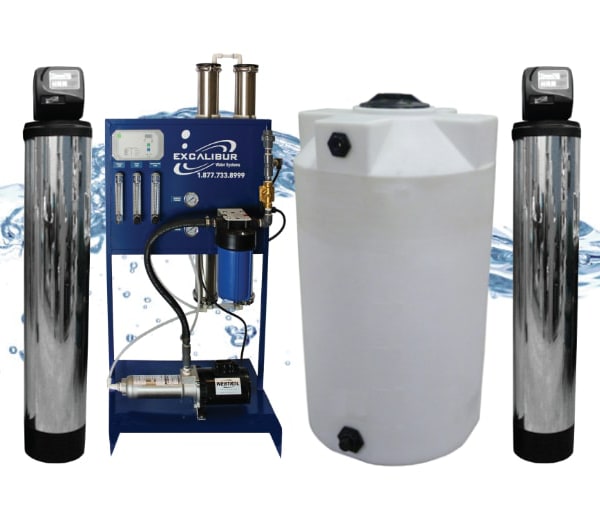
With the discovery of so many pharmaceuticals and harmful chemicals tainting our water supply and making it unsafe and distasteful to drink, it is essential to ensure your household water is safe and pure. At Excalibur, we offer several Reverse Osmosis and Water Filtration Systems that remove or reduce toxic pharmaceuticals and chemicals that provide crystal-clear purified water. Let us help remove the worry of drug-tainted water; contact us today for more information.
An Excalibur Whole-Home Water Filtration System, Reverse Osmosis System, or Whole Home Nanofiltration System is ideal for providing your home and family with pure drinking water. For more information, please contact us.